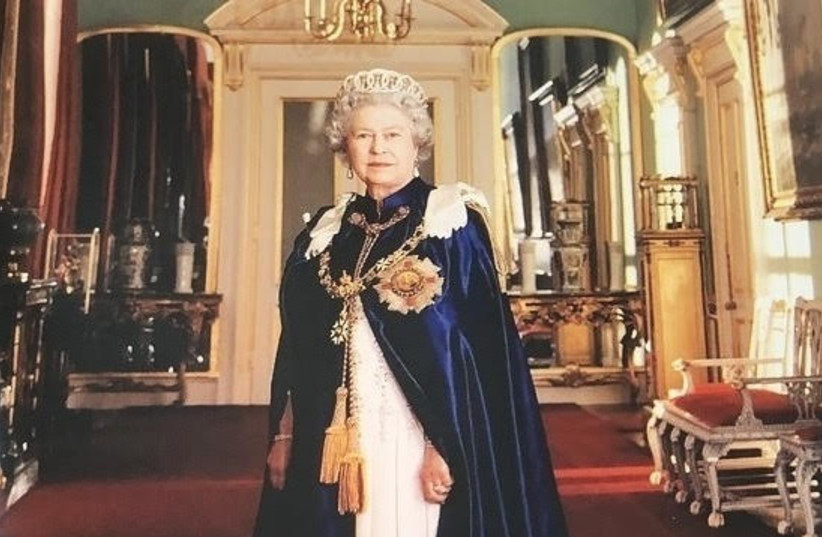The United Kingdom's longest-reigning monarch Queen Elizabeth II passed away on Thursday at the age of 96, after 70 years on the throne.
Born in 1926, the queen was the oldest daughter of Prince Albert and was not supposed to become queen as her father was the younger of two brothers. When Edward VIII abdicated, however, Prince Albert became King George VI, and she became next in line for the throne.
During a trip to Australia in 1952, then-princess Elizabeth and her husband, Prince Phillip, were given the news that King George had passed away, and Elizabeth became queen. She was coronated in June of 1953 and officially became Queen Elizabeth II.
Queen Elizabeth and Prince Phillip Mountbatten were married in 1947. They were married for 74 years until Prince Phillip's death last year.
At the time of her coronation, the queen was already mother to her heir, Charles, Prince of Wales, and her only daughter, Princess Anne. Her two younger sons, Prince Andrew and Prince Edward were born in 1960 and 1964 respectively.

What did the queen struggle with?
The queen's reign saw many ups and downs and has not been without criticism. Her image came under fire in 1966 when a catastrophic collapse of a colliery spoil tip hit the town of Aberfan in Wales. The queen initially refused to visit the site of the disaster and only went eight days later. She later said that not visiting the site was one of her greatest regrets.
Three decades later, the royal family was greatly criticized following the death of Diana, Princess of Wales in 1997, a year after her messy divorce from Prince Charles. The queen initially refused to lower the flag to half-mast, a gesture that is done in the United Kingdom when a member of the royal family dies.







Diana was beloved throughout the United Kingdom, and public sympathy was very much on her side during her divorce from Charles. The royal family was accused of not doing enough to help her when she expressed her depression and difficulties in Charles's life.
At Diana's funeral, however, the queen bowed her head as Diana's coffin passed her. This gesture is a significant sign of respect from a monarch who has no obligation to bow to anyone.
Embracing modern monarchy
Despite the struggles, the queen fought for the royal family and took her role as queen very seriously.
She understood the changes she needed to make to the royal family to keep it current. In 1970, she allowed cameras into Buckingham Palace to film the royal family's domestic life in response to the demands of the public.
In 1978, the queen condoned the divorce of her sister, Princess Margaret. This was significant because divorce was still considered taboo in the monarchy.
Throughout her reign, the queen made many official trips to the various countries of the commonwealth as well as other locations around the world.
In 2017, Prince Phillip stepped out of public life, and in that same year, the queen began to delegate her duties to Prince Charles and Prince William.
In 2015, the queen became the longest-reigning monarch of the UK, surpassing Queen Victoria who reigned for nearly 64 years.
Her reign spanned 15 prime ministers beginning with Winston Churchill who was in office when she was coronated in 1953 and ending with Liz Truss who she appointed on Wednesday.
